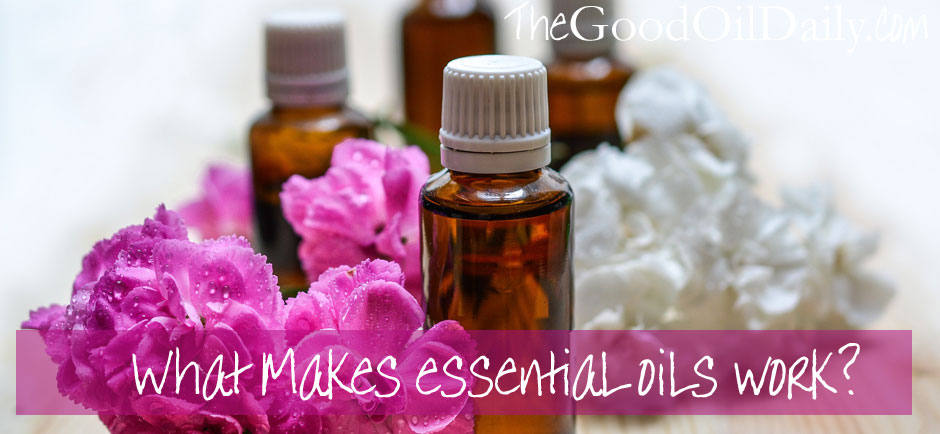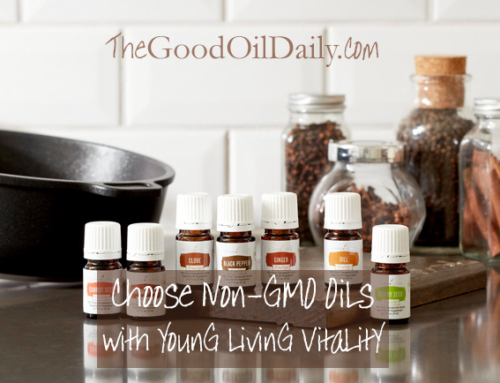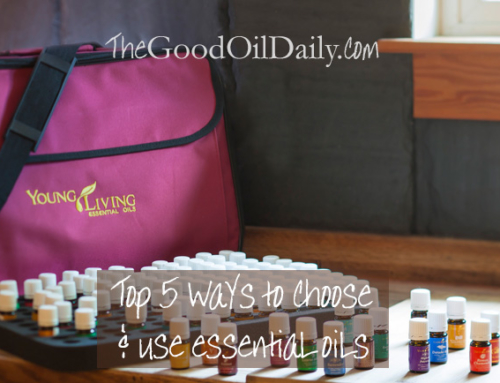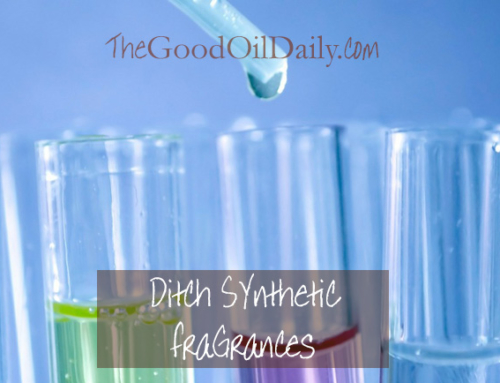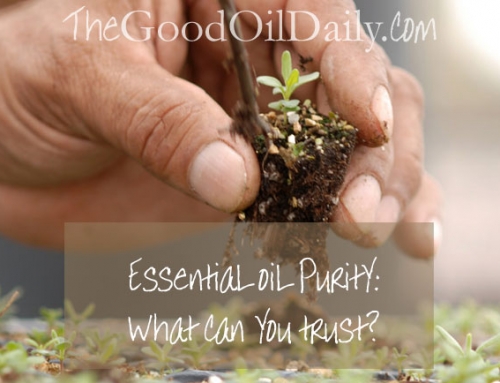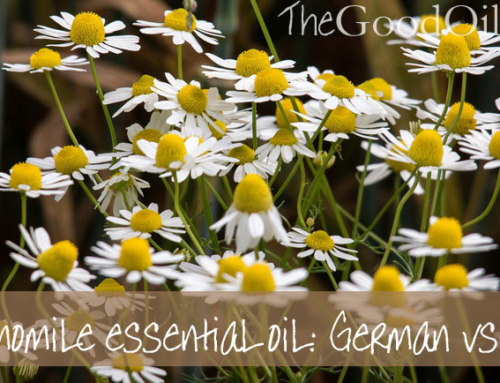You might have wondered what makes essential oils work. Let’s use a food analogy to get us started.
With basic nutrition knowledge 101, we know carrots are great for eyes, blueberries are super for antioxidants, and oranges are not only awesome for pirates but excellent in winter for landlubbers, too.
In general, we know that plenty of fresh fruit and veges are great for our overall wellbeing, and a balance of a bunch of different ones will bring us a better cross-section of vitamins and minerals, enzymes and phytonutrients than a diet of potatoes alone, for instance. Fine if one is ship-wrecked on an island where spuds grow wild and you’re totally inept at fishing, but not ideal for an extended length of time.
And so it is with essential oils.
In general, they are all wonderful for our well-being. But each one has a unique and complex array of varying chemical constituents that come together synergistically to make up its particular skill sets.
Just as we are all snowflakes and none of us are alike, so it is with essential oils.
So what makes essential oils work?
Each is made up of hundreds of different constituents – anywhere from 200 to 500. And as each type of constituent has a different effect, it starts to make sense that each essential oil can have a wide range of different effects on the body. And oils which are especially high in particular constituents can be particularly effective in the areas on which those constituents hold sway.
Lavender, for instance, known as ‘the universal oil’ and ‘the Swiss army knife of oils’, has around 200 constituents. It just goes to show that seemingly simple and common things can be far more complex inside.
So what are these magical constituents?
Here are the categories into which constituents fall: alkanes, phenols, monoterpenes, sesquiterpenes, diterpenes and triterpenes, alcohols, esthers, esters, aldehydes, ketones, carboxylic acids, oxides, lactones, coumarins and furanoids.
Let’s take a closer look at some of the major players amongst them. Just enough to help you feel smart. Not so much that your head will spin.
Phenols
Phenols have been researched for being antiseptic, antimicrobial and possibly fortifying for the immune system. They can be very strong — so strong that some can cause irritation to the skin. Oils high in phenols will include cautions to this effect on their labels. Thymol and eugenol are phenols.
Monoterpenes
Many oils are composed mostly of monoterpenes. They are the tireless sidekicks to the superhero constituents, being highly supportive and great at enhancing the beneficial properties of the flashier constituents they accompany. Because of their lightness, they are usually the first fragrance your nose picks up when you smell the oil. This is basically the same as smelling top notes when you pick up a bottle of perfume. Monoterpenes are found in every essential oil.
Sesquiterpenes
Most have light aromas, though there are exceptions. These constituents have positive influence over hormonal balance, the body and emotions.
Alcohols
These constituents have a somewhat sweet and floral aroma. They are cleansing and energising, antiseptic and antiviral.
Esthers and Esters
Balancing and calming, uplifting and wonderful for releasing emotions.
Aldehydes
Said to be cooling and calming to inflammation, blood pressure and the nervous system. I can hear the sound of a fresh mountain stream running just thinking about them. Aldehydes are strong in aroma.
Ketones
Thought to be helpful for cleansing receptor sites, decongesting and regenerating.
Coumarins
Not to be confused with medication of a similar name, coumarins are released into the air when you mow your lawn. If a perfume ‘nose’ wanted to include freshly cut grass as a scent note in a composition, synthetic coumarins could be on their list. As for the natural ones found in essential oils, however, they are potent constituents and believed to be antispasmodic, antiviral, antibacterial and antifungal.
So how do you know which essential oils are high in which constituents?
Here’s where I urge you — again — to acquire an excellent reference book on essential oils from a respected expert on the subject. Knowledge is power. Yes, you can use essential oils safely simply by following the usual guidelines for safe use and enjoy their fragrance and overall feel good benefits by diffusing them, which is helpful in and of itself. But for more targeted efficacy, knowing which oil is better suited to a particular purpose is very smart and sensible.
Top quality oils — the only kind I recommend using — cost a lot to produce and are not cheap, so a good reference guide helps you to get the most value from what you buy.
Have fun exploring your new chemistry expertise! To get in touch with me so I can help you access my favourite oils conveniently and at the best possible price, please click here.
This will also connect you up with The Good Oil Team for our personal support and coaching. We'd love to help you on your journey to vibrant well-being the natural way!
Any questions? Please get in touch via our Contact page.

